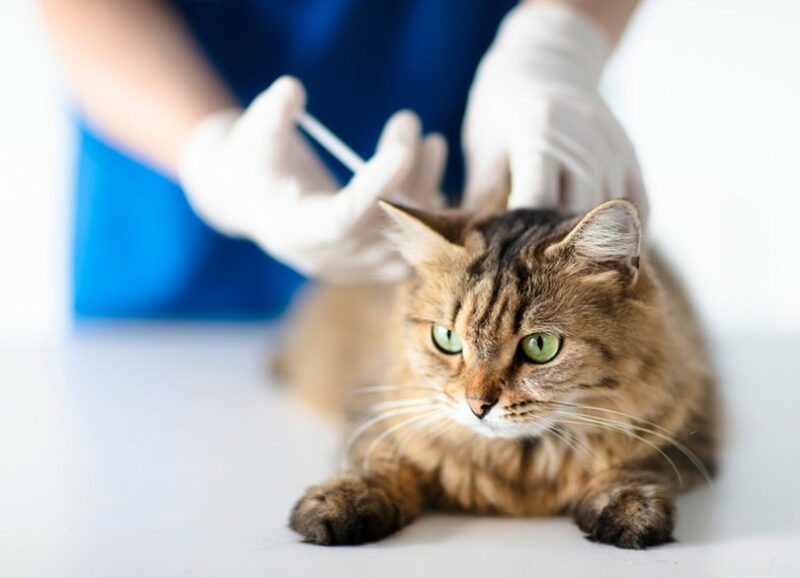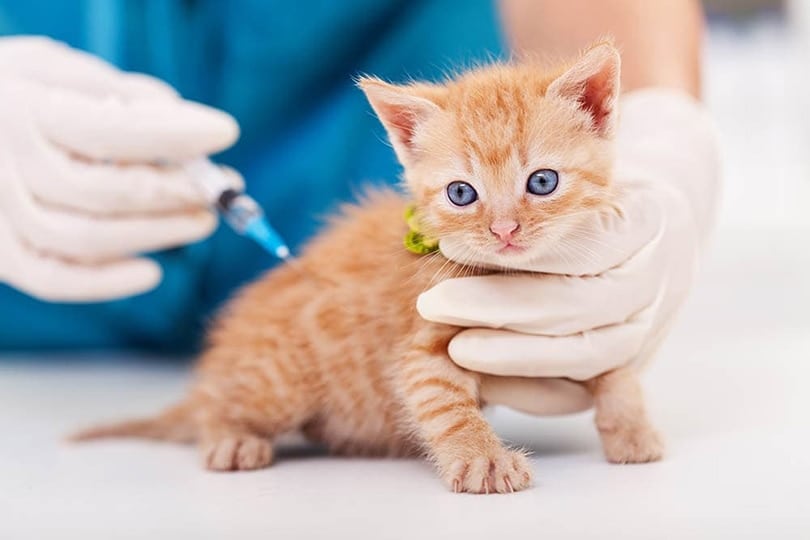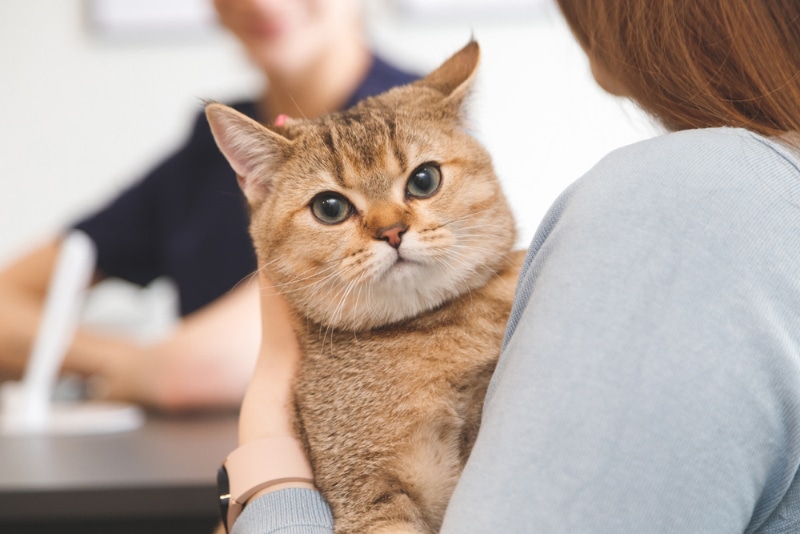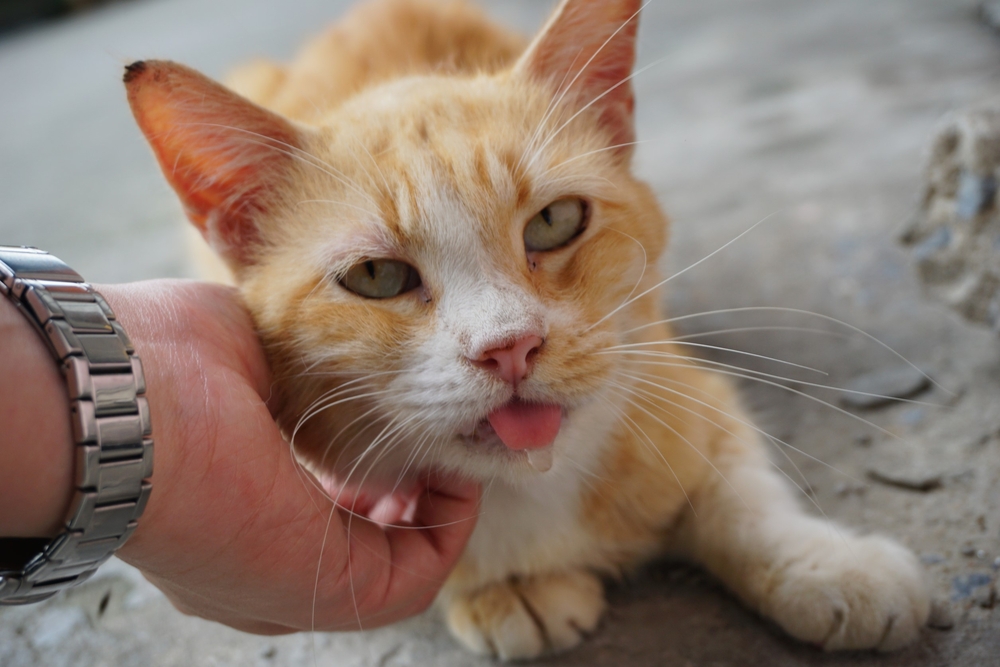


The information is current and up-to-date in accordance with the latest veterinarian research.
Several vaccinations are necessary for your cat to ensure a healthy lifestyle. There are various core vaccines, those that are recommended based on lifestyle, and many that require boosters to stay effective. With so much to keep track of, it can get overwhelming and difficult to manage.
This article aims to clear up confusion about rabies shots. Highlighted is the importance of the rabies vaccine, as we look at the severity of this disease.

So, just how often should your cat get vaccinated against rabies?
The answer is that it depends.
When your cat is around 12 weeks old, they should receive their first rabies shot. They should be vaccinated again after a year. From then on, your cat will need regular booster shots, but how often they will need these booster shots depends on state regulations and the type of vaccination used.
Your veterinarian can determine the best vaccination routine for your cat. Usually, this routine will be one booster shot every year or every 3 years. For other vaccine references, WebMD offers a helpful vaccine schedule chart that displays which vaccines your pet should receive and when.

The rabies vaccine could be the difference between life and death for your cat.
Rabies is fatal for cats. If your cat contracts rabies, there is no cure or treatment to manage the condition. That is why it is so important that you vaccinate your cat against rabies. The only way to keep your pet safe is to use shots as preventative measures. If your cat is not yet vaccinated, reach out to your vet as soon as possible to schedule an appointment.
But you may be thinking, “Does my indoor cat need to be vaccinated if they never go outside?” The answer is still yes. Whether your cat is an indoor cat, an outdoor cat, or somewhere in between, they need to be vaccinated against rabies.


Rabies is a troubling condition in cats. But what exactly does it look like? It is often spread from a bite of an infected animal. It attacks nervous tissue and spreads to the brain. Once it has reached the brain, the afflicted animal will suffer from paralysis that eventually affects the respiratory system, resulting in death.
The earliest signs of rabies can begin to appear 2 to 4 days after infection transmission, usually from a bite wound. These signs include fever, lethargy, and decreased appetite. After that, complications progress rapidly. This includes issues like paralysis, seizures, difficulty breathing, drooling, difficulty swallowing, coma, aggression, or depression. Cats may hallucinate and become aggressive.

Rabies is transmitted most commonly through a bite. The virus is found in the infected animal’s saliva, so there are instances in which a cat may become infected if the infected saliva makes contact with the eyes, nose, or mouth, even without a bite occurring.
There is no way to treat rabies in cats. Vaccines may prevent rabies, but they cannot treat it after an infection has occurred. Euthanasia is usually recommended in these instances to avoid unnecessary suffering.

If you believe that your cat has been exposed to rabies, take them to the vet immediately. Revaccination may be offered as an additional preventative measure.

The rabies vaccine is a crucial step to ensuring your cat’s health and safety. While one cat’s vaccination plan may differ from another’s, the important part is consistency and responsibility. If your cat has already been vaccinated, review your schedule with your vet. If your cat does not yet have a vaccination, schedule one as soon as possible.
Featured Image Credit: Tom Wang, Shutterstock
How useful was this post?
Click on a star to rate (you can leave written feedback after clicking submit)
Help us improve Catster for pet parents!
Your feedback really matters.
What did you like about this post? Also how can we improve it?
Cats are Jordyn’s passion. Whenever she has the opportunity she loves to learn about animals and share her knowledge with everyone. She is devoted to her sassy tabby cat named Jack and works hard to buy him his favorite treats and toys. Discovering new ways to better care for her cat is always on her to-do list, and she is eager to help pet parents everywhere. In Jordyn's spare time, she loves to write, read, and take long walks. She has a creative spirit, which often helps her to come up with funny cat names.